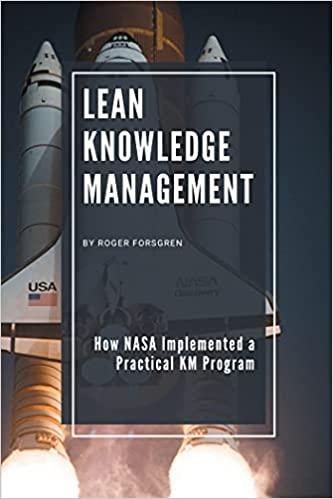Answered step by step
Verified Expert Solution
Question
1 Approved Answer
JAM'S RESTAURANT ( { } ^ { 1 } ) Background information: Two bean tacos, a chicken burrito grande, and a side order
JAM'S RESTAURANT Background information: "Two bean tacos, a chicken burrito grande, and a side order of Spanish rice, please," Ivan Karetski called his table's order into the kitchen as he prepared the beverage orders. Business was brisk. Karetski liked it that way. Lots of customers meant lots of tips and, as a struggling graduate student, the extra income was greatly appreciated. Lately, however, his tips had been declining. JAM's is a small, seat restaurant that offers a reasonably broad range of Mexican food prepared and presented in a traditional Mexican style. It is located in New England in a mature business district on the edge of a large metropolitan area. The site is adjacent to a central artery and offers limited free offstreet parking. The restaurant's interior decoration promotes the Mexican theme: The walls appear to be made of adobe and are draped with ser apes, the furniture is SpanishMexican style, and flamenco guitar and mariachi alternate as background music. Patrons enter the restaurant through a small vestibule that opens directly into the dining area; there is no separate waiting area. Upon arrival, patrons are greeted by a hostess and either seated directly or apprised of the expected wait, Seating at JAM's is usually immediate except for Friday and Saturday nights when waits of as long as minutes can be encountered. Because space inside for waiting is very limited patrons must remain outside until their party is called. JAM's does not take reservations. After seating patrons, the hostess distributes menus and fills glasses with water. If standards are being met, the waiter assigned to the table greets the patrons within one minute of their being seated. Being a traditional Mexican restaurant, all its waitstaff are male. The waiter introduces himself, announces the daily specials, and takes the beverage orders. After delivering the beverages, the waiter takes the meal orders. The menu consists of main entrees which are assembled from eight basic stocks chicken beef, beans, rice, corn tortillas, flour tortillas, tomatoes, and lettuce and a variety of other ingredients fruits vegetables, sauces, herbs, and spices Before the dining hours begin, the cook prepares the basic stocks so that they can be quickly combined and finished off to complete the requested meals. The typical amount of time needed to complete a meal once it has been ordered is minutes. A good portion of this time is for final cooking, so several meals may be in preparation at the same time. As can be imagined, one of the skills a good cook needs is to be able to schedule production of the various meals ordered at a table so that they are ready at approximately the same time. Once all the meals and any side dishes have been completed by the cook, the waiter checks to see that all meals are correct and pleasing to the eye, corrects any mistakes, and adds any finishing touches. When everything is in order, he assembles them onwhere completely satisfied and extremely dissatisfied As Karetski carried the tray of drinks to the table, he wondered whether the recent falloff in tips was due to anything that he could control. Assignment: Perform the case analysis and submit a managerial report of a quality suitable for consulting practice that provides answers to the following listed below. It must include a a cover letter, b an executive summary consisting of the more important results, conclusions, and recommendations; c the main body consisting of answers to the assigned questions, assumptions if any, and detailed analyses that led to your answers. The report is limited to a maximum of pages not including the cover letter and the appendices single line spacing, and points Times New Roman font. How should quality be defined at this restaurant from the perspective of various stakeholders Use different Stakeholders. What are some of the restaurant's conceptual sources of costs of poor quality from the management's perspective as well as from Ivan's perspective? Present these costs within the various categories of cost of quality eg preventive costs, appraisal costs, etc. Use some of the tools for improving quality to assess the situation at JAM's, especially the histograms and the Pareto diagrams of the customer complaints as well as the CauseandEffect Diagrams Fishbone of dissatisfied customers. Use the results of the survey and some of the assumptions based on your own dining experiences. Does the survey data include all JAM's customers? Explain. What information was not captured when a negative answer was given to either of the customer survey questions? Consider the following data from a company X Y Z that supplies JAM's restaurant with many ingredients. a Classify the cost elements into the appropriate quality cost categories and find the total quality cost by category and the percentage of the total quality cost by category. b What implications does this data suggest to JAM's restaurant managers?
Step by Step Solution
There are 3 Steps involved in it
Step: 1

Get Instant Access to Expert-Tailored Solutions
See step-by-step solutions with expert insights and AI powered tools for academic success
Step: 2

Step: 3

Ace Your Homework with AI
Get the answers you need in no time with our AI-driven, step-by-step assistance
Get Started


